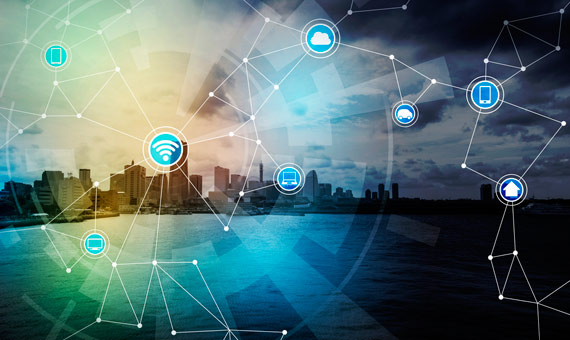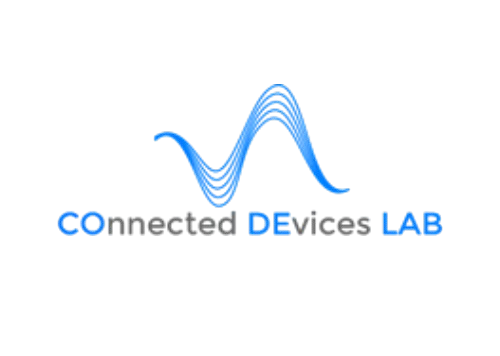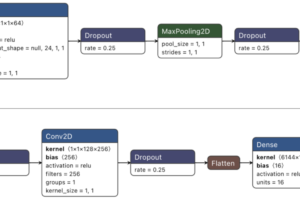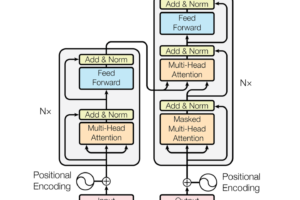
Internet of Everything (IoE)
The Internet of Everything was listed as one of the top trends of 2015 by Gartner .The term Internet of Everything (IoE) is a fairly new term , and there is a confusion about the difference between the Internet of Everything (IoE) and the Internet of Things (IoT) , to clarify that, let’s start with definitions , applications and explore the future of this new concept.
What is The Internet of Everything (IoE)?
The Internet of Everything (IoE)  “is bringing together people, process, data, and things to make networked connections more relevant and valuable than ever before-turning information into actions that create new capabilities, richer experiences, and unprecedented economic opportunity for businesses, individuals, and countries.â€, (Cisco, 2013) .
In simple terms: IoE is the intelligent connection of people, process, data and things. The Internet of Everything (IoE) describes a world where billions of objects have sensors to detect measure and assess their status; all connected over public or private networks using standard and proprietary protocols.
Pillars of The Internet of Everything (IoE)
- People: Connecting people in more relevant, valuable ways.
- Data: Converting data into intelligence to make better decisions.
- Process: Delivering the right information to the right person (or machine) at the right time.
- Things: Physical devices and objects connected to the Internet and each other for intelligent decision making; often called Internet of Things (IoT).
The Internet of Things (IoT)
The Internet of Things (IoT) is the network of physical objects accessed through the Internet. These objects contain embedded technology to interact with internal states or the external environment. In other words, when objects can sense and communicate, it changes how and where decisions are made, and who makes them. For example Nest thermostats.
The difference between IoE and IoT
The Internet of Everything (IoE) with four pillars: people, process, data, and things builds on top of The Internet of Things (IoT) with one pillar: things. In addition, IoE further advances the power of the Internet to improve business and industry outcomes, and ultimately make people’s lives better by adding to the progress of IoT. (Dave Evans, Chief Futurist Cisco Consulting Services).

Copyright: chombosan
The Future?
The Internet of Everything will re-invent industries at three levels: business process, business model, and business moment.
“At the first level, digital technology is improving our products, services and processes, our customer and constituent experiences, and the way we work in our organizations and within our partnerships,†said Hung Le Hong, research vice president and Gartner Fellow.
As companies digitalize products and process, completely new ways of doing business in industries emerge. Gartner analysts expect more transformational changes as digitalization re-invents industries at the business model level. Mr. Le Hong gave the examples of Nike, playing on the edge of the healthcare industry with its connected sporting clothes and gear, and Google having a visible presence in autonomous vehicles. “These organizations had no business in your industry, and are now re-inventing them,†said Mr. Le Hong.
The third level of digital re-invention is created by the need to compete with unprecedented business velocity and agility. Gartner calls this the “business moment.â€
The Internet of Everything will create tens of millions of new objects and sensors, all generating real-time data. “Data is money,†said Nick Jones, research vice president and distinguished analyst at Gartner. “Businesses will need big data and storage technologies to collect, analyze and store the sheer volume of information. Furthermore, to turn data into money business and IT leaders will need decisions. As they won’t have the time or the capacity to make all the decisions themselves they will need processing power.â€
“Now that digital is embedded in everything we do, every business needs its own flavor of digital strategy. Vanilla is off the menu,†said Dave Aron, research vice president and Gartner Fellow. “Digital is not an option, not an add-on, and not an afterthought; it is the new reality that requires a comprehensive digital leadership.â€
Gartner predicts that enterprises will make extensive use of IoE technology, and there will be a wide range of products sold into various markets. These will include advanced medical devices, factory automation sensors and applications in industrial robotics, sensor motes for increased agricultural yield, and automotive sensors and infrastructure integrity monitoring systems for diverse areas such as road and railway transportation, water distribution and electrical transmission; an endless list of products and services.
But as devices get more connected and collect more data, privacy and security concerns will increase too. How companies decide to balance customer privacy with this wealth of IoE data will be critical.
Ahmed Banafa
IoT Expert | Faculty | Author | Speaker
Source: OpenMind


